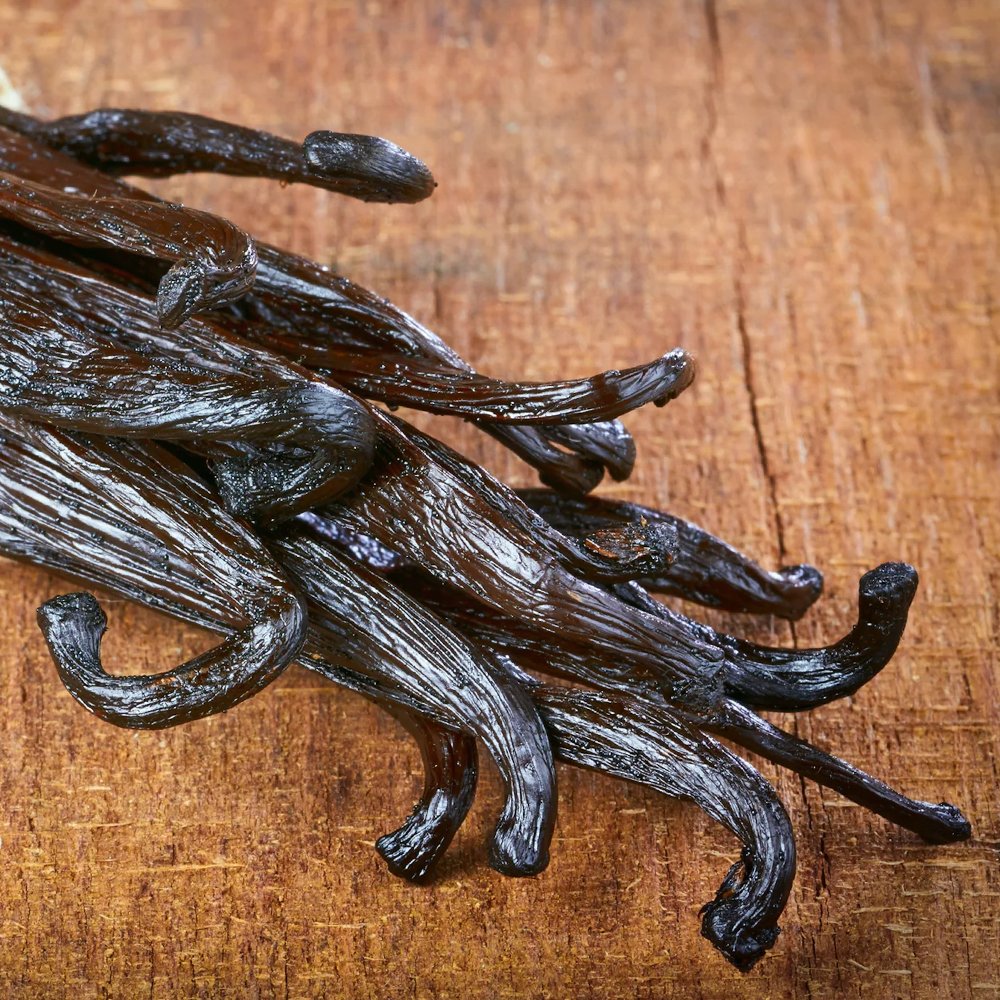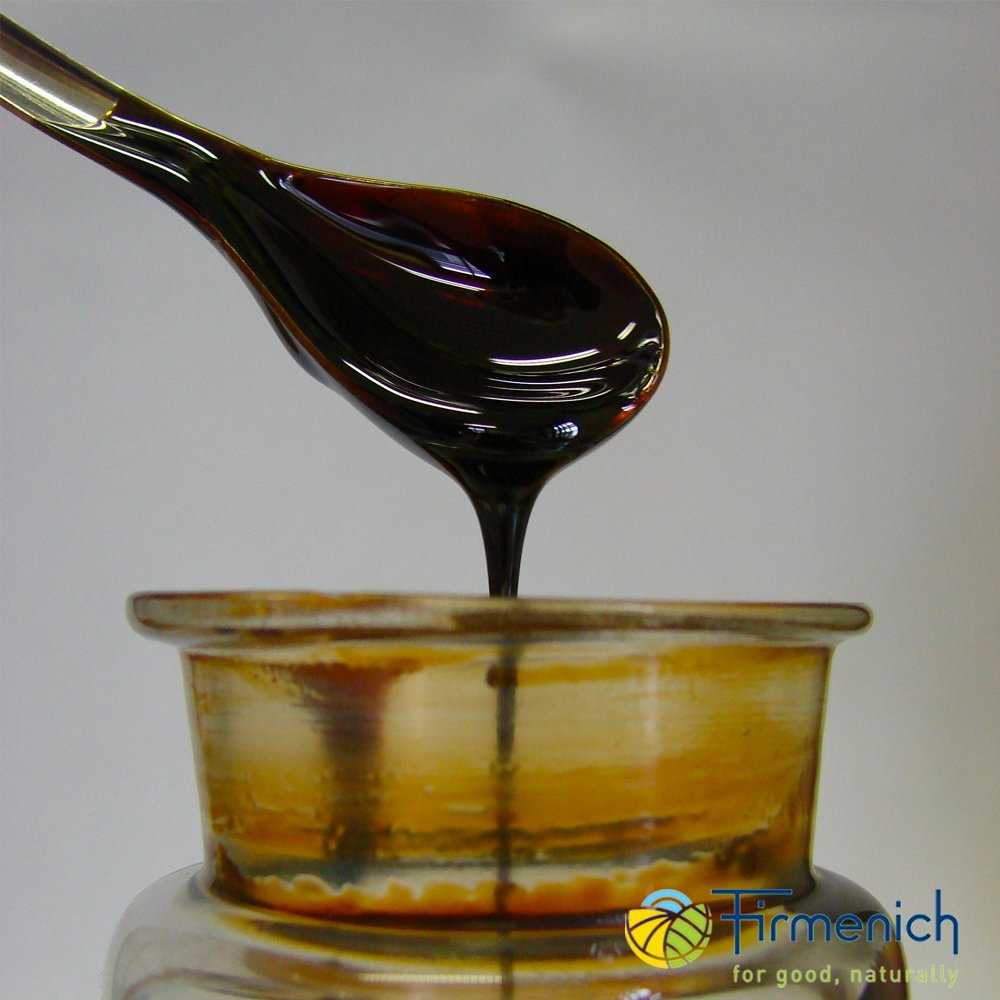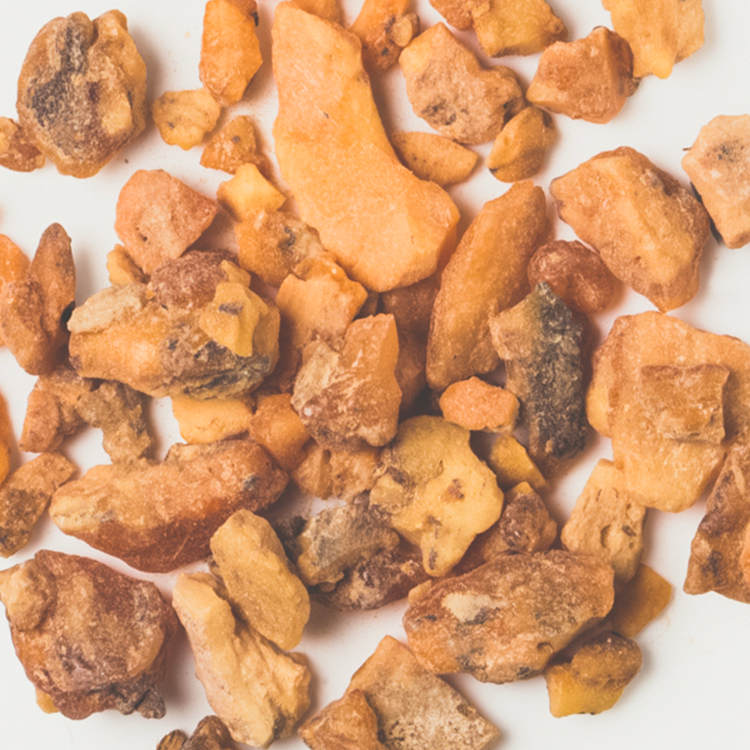Natural Ingredient Overview
🏭 Manufacturer: Scentspiracy™
🌎 Origin: Peru
🔎 Botanical Name: Vanilla pompona
🧪 Synonyms: Vanilla extract (Pompona), Vanilla tincture, Natural vanilla in DPG
🧬 Composition: Ethanol-free tincture, 10% dry matter in dipropylene glycol
📂 CAS N°: 8047-24-3
📘 FEMA: 3107
⚖️ MW: Not applicable (natural extract)
📝 Odor Type: Sweet, Gourmand
📈 Odor Strength: High
👃🏼 Odor Profile: Vanilla, sweet, phenolic, warm, bean-like
⚗️ Uses: Fixative, Base Note, Flavor Ingredient
🧴 Appearance: Brown to amber solution
What is Vanilla Pompona Tincture 10% dpg?
Vanilla Pompona Tincture 10% DPG is a traditional botanical extract prepared from cured pods of Vanilla pompona, a lesser-known species of vanilla orchid. Unlike Vanilla planifolia, V. pompona yields a darker, more phenolic and less linear vanilla profile, with earthy and gourmand nuances.
The tincture is made by long-term maceration of the dried pods in a dipropylene glycol carrier, resulting in a stable, high-strength extract suitable for fragrance compounding. At 10% concentration, it balances olfactory strength with ease of formulation.
This ingredient is food-grade and compliant for use in both flavor and perfumery contexts.
Olfactory Profile & Perfumery Applications
Vanilla Pompona Tincture delivers a sweet, gourmand vanilla note, characterized by:
Phenolic warmth (resembling cured tobacco or resinoids)
Bean-like depth
Subtle woody and creamy undertones
Its applications in perfumery include:
Oriental bases (amber, labdanum, opoponax)
Floral-fruity accords (jasmine, ylang, rose)
Woods and resins (cedar, sandalwood, patchouli)
Sweet-gourmand blends (chocolate, caramel, nutty profiles)
It performs as a base note modifier and fixative, rounding out harsh edges and adding persistence.
Suggested internal link: See Fixatives in Perfumery for its base note role.
Industrial & Culinary Uses
Due to its food-grade classification, Vanilla Pompona Tincture 10% is also applied in:
Confectionery (chocolates, candies)
Beverages (liqueurs, hot drinks)
Pastry/desserts (creams, custards)
Flavor concentrates where warm vanilla is needed
This dual-purpose extract serves formulators seeking natural traceability and aromatic continuity across edible and wearable products.
Regulatory & Safety Overview
Food-grade certification: Conforms to flavor-use standards
Solvent system: Dipropylene glycol (IFRA Class 1–10 approved carrier)
IFRA classification: Permitted in all categories; concentration-dependent
Labeling: Natural origin; vanilla extract from Vanilla pompona
Allergens: None listed among the 26 declarable fragrance allergens
ECHA status: No REACH hazard classification (natural extract)
No safety concerns are currently associated with this tincture under IFRA or FEMA guidelines. Verify concentration thresholds per application type.
Additional Information
Historical Background
Vanilla pompona is one of the oldest cultivated vanilla species, dating back to Aztec use in Mesoamerica. The Aztecs mixed it with cacao to create xocoatl, a ceremonial and energizing beverage. Spanish colonists introduced it to Europe in the 16th century, where it gained luxury status.
The name vanilla derives from Spanish vainilla, meaning “little pod,” referencing the orchid’s fruit capsule.
Cultivation Process
Artificial pollination is required outside native pollinator zones (e.g., Melipona bees).
Hand-pollination is done by marieurs using delicate manual techniques.
Pods are harvested, cured (via sun, sweating, and drying), then macerated into tinctures.
This labor-intensive process contributes to vanilla’s cost and prestige.
Sources
User-provided ingredient documentation
The Good Scents Company
Firmenich Sustainability Reports
Vanilla: Travels in Search of the Lush Spice – Tim Ecott
International Flavors & Fragrances (IFF) Vanilla Overview
Historical Aztec Use – ResearchGate Database








